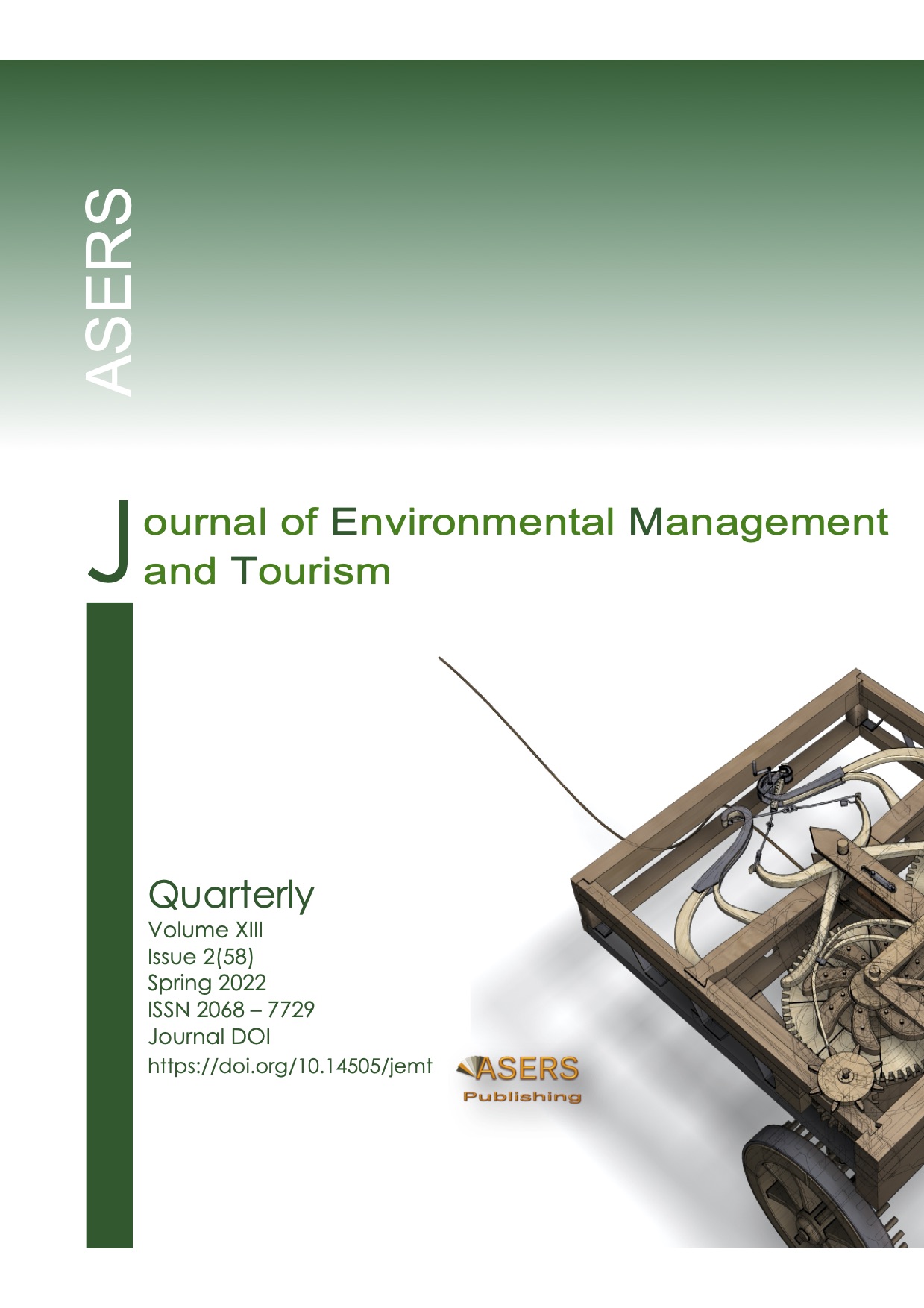The Impact of COVID-19 Pandemic on Nature-Based Tourism in National Parks. Case Studies for Poland
The Impact of COVID-19 Pandemic on Nature-Based Tourism in National Parks. Case Studies for Poland
Author(s): Mateusz RogowskiSubject(s): Economy, Health and medicine and law, Tourism
Published by: ASERS Publishing
Keywords: COVID-19; tourist traffic; visitors behavior; visitors flow; cluster analysis; national park;
Summary/Abstract: The study aims concern to nature-based tourism in national parks, to compare visitor behavior and visitors’ spatial and temporal distribution in national parks during the COVID-19 (2020) and pre- COVID-19 period (2017–2019). The research is based on a pyroelectric sensors data, entrance fees and questionnaire survey of visitors, in order to: (1) assess the spatial and temporal distribution and changes of visitors, (2) characterize changes in visitors’ behavior. The visitor number and spatial and temporal distribution changed during COVID-19 period. The visitor’s behavior identifies three visitor clusters depending on the strength of COVID-19 pandemic impact on stay on national parks: High fear visitors (HFV), Low fear visitors (LFV) and No fear visitors (NFV). Each cluster represents a different attitude toward the pandemic and its effects. The research was conducted in two national parks in Poland: Stołowe Mountains National Park and Karkonosze/Giant Mts. National Park. The resulting data were compared with data from previous years. A total of 935 respondents participated in the survey, which demonstrated a significant impact of the ongoing pandemic on many aspects of the behaviors. Most visitors argued that the pandemic had not changed their behavior because society began to perceive national parks as safe destination with a low probability of infection.
Journal: Journal of Environmental Management and Tourism (JEMT)
- Issue Year: XIII/2022
- Issue No: 2(58)
- Page Range: 572-585
- Page Count: 14
- Language: English
- Content File-PDF

